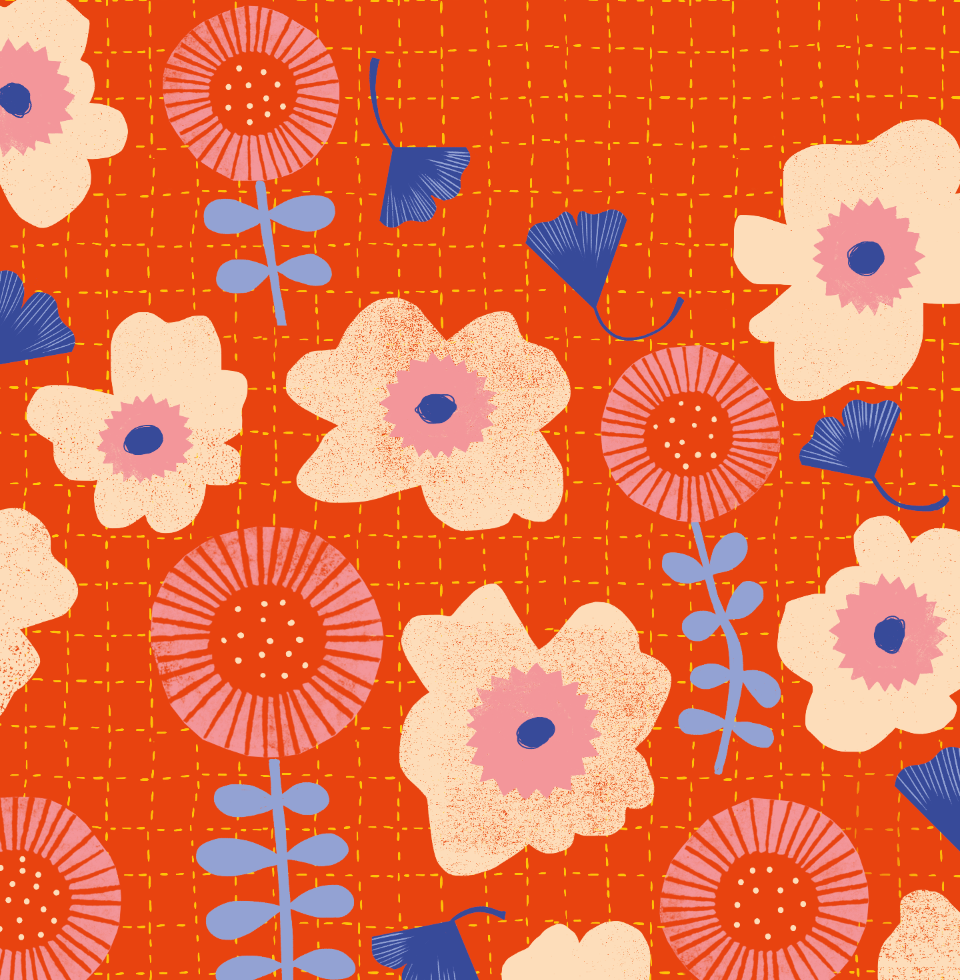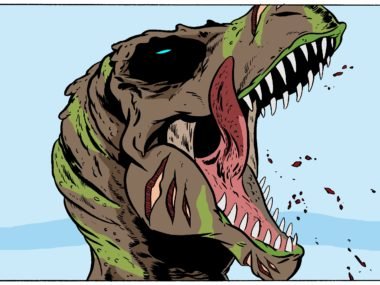The Yellow Raincoat Society is a brand and publishing title exemplifying the narrative that many of Lauren Seider’s prints, zines, and products are centered around. The Yellow Raincoat Society is an optimistic endeavor of yellow raincoat-clad individuals, who strive to ‘fight the gloom!’ in all they do. Her zines and prints tell stories for all ages, meant to inspire awareness of an individual’s ability to be a light for a gloomy world.

STL SPEX (Rachel): What are your artistic influences?
Lately, I have been getting a lot of inspiration and ideas from collecting old children’s books I find at antique stores and resale shops. I have a handful of old faithful works and artists from art history I return to for influence, and am always striving to expand that cast wider as I continue learning. Recently I’ve been really moved by the works of Corita Kent and Fairfield Porter. And of course, Instagram is a great place to feel connected to what other makers are actively using and doing and interested in, and I can always find a new idea of what to try next there.
STL SPEX: Who do you create for?
More and more my work is falling into the category of children’s media, but I really believe (and hope) my work can appeal to everyone. Sometimes I focus on telling simple, small stories, other times make grand, fantastical statements, but no matter the messages’ size it should point to a broad theme of resilient optimism. A lot of my creating is pretty selfishly motivated; I love what I do, and it helps me remain resiliently optimistic.

STL SPEX: What are your favorite tools and how do you use them to create your art?
Traditional media is where my heart lies. Most often I use a mixture of colored inks and gouache to form the base layer of whatever painting I am making and then build on top of that base with colored pencils, markers, crayons, and I’ve been experimenting with things like pan pastels. Digitally working is equally as important to my practice, but has always been a struggle to feel as naturally satisfying as working traditionally. I am working on figuring out just how to use Procreate on the iPad, and as I am learning more of how to use it am very excited by how natural working digitally with the iPad feels to my traditional media brain.
STL SPEX: What led you to develop the Yellow Raincoat Society? Where did the idea come from and how does signify your approach to art?
The Yellow Raincoat Society presented itself naturally as a common narrative thread connecting a lot of the illustration work I made while completing my undergrad degree at KCAI. I think I was also still reeling from reading all of the Series of Unfortunate Events books in a short period of time, and in general, reacting to my love for children’s literature by the likes of Madeline L’Engle. Diana Wynne Jones, and others. The Y.R.S. represents a broad theme of the kind of work I want to make in a way that is really fun and easy for people to understand. The yellow raincoat stands out in a gloomy day as this bright spot in a lot of gloominess. That’s a really simple way to articulate what I hope my artistic impact can be wherever my career takes me. Participating in events like STL SPEX and developing zines and products to sell under the Y.R.S. umbrella is helping me refine this idea into a tool I can use as a branding identity.
STL SPEX: How is creating a pattern similar or different to creating other forms of visual art? What are some of the fun parts and/or challenges of this kind of design?
Pattern design is something I love to do especially as a kind of warm-up for a more technically challenging illustration project. They can be really enjoyable to make as a kind of meditation, your brain only focuses on a few visual elements and spends a lot of time dwelling on color & texture relationships. It appeals to me because there is a kind of logical order to how the pattern will build itself and needs to be organized to function properly, especially if meant to be a step-and-repeat or tiling pattern. The biggest challenge is working out how to best take a doodle or sketchbook warm-up drawing and turn it into a functional pattern while still maintaining the loose, freeness the original drawing had. The most interesting patterns are those that you can’t really tell where they repeat and achieving that look isn’t always easy.







